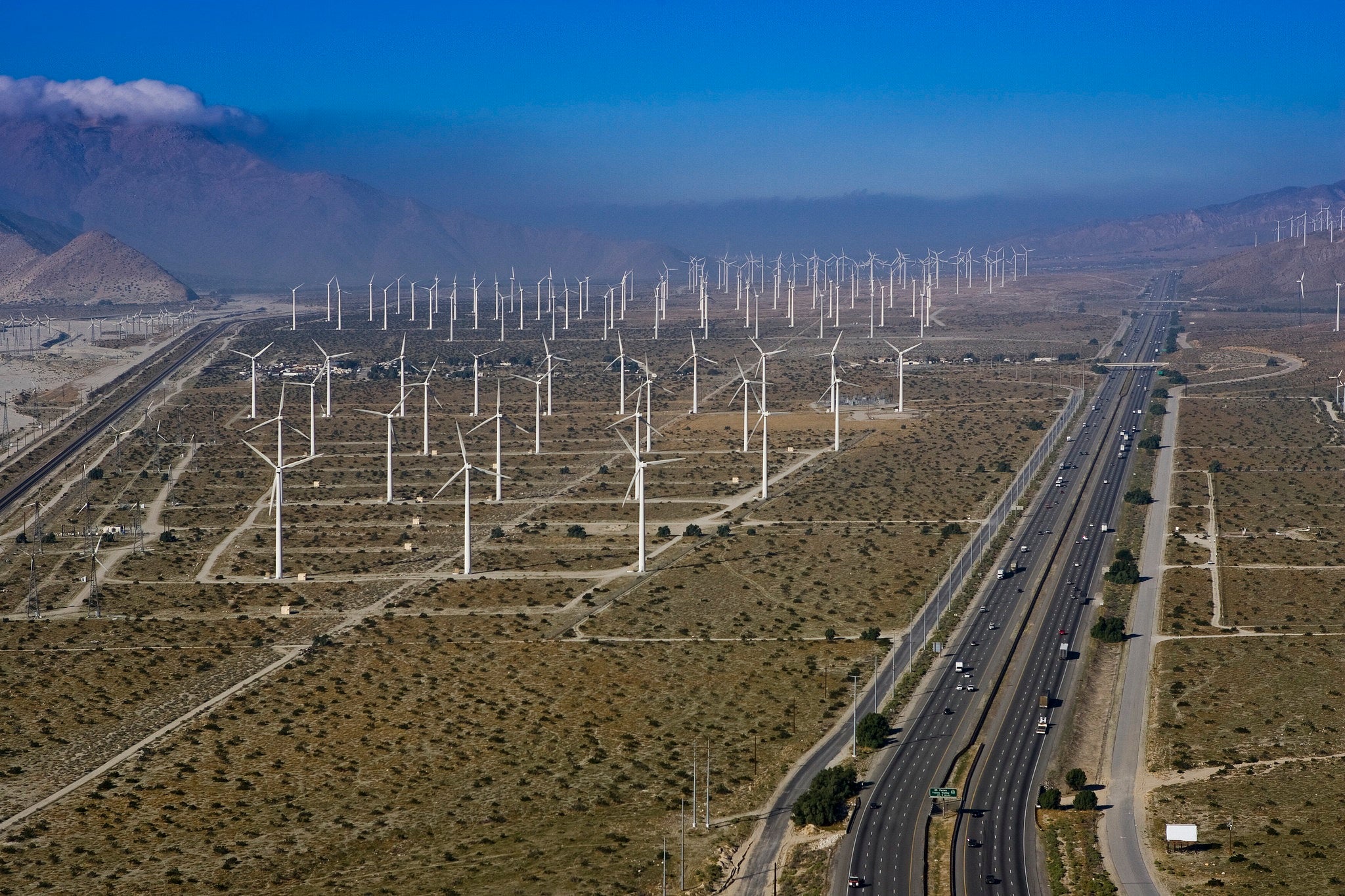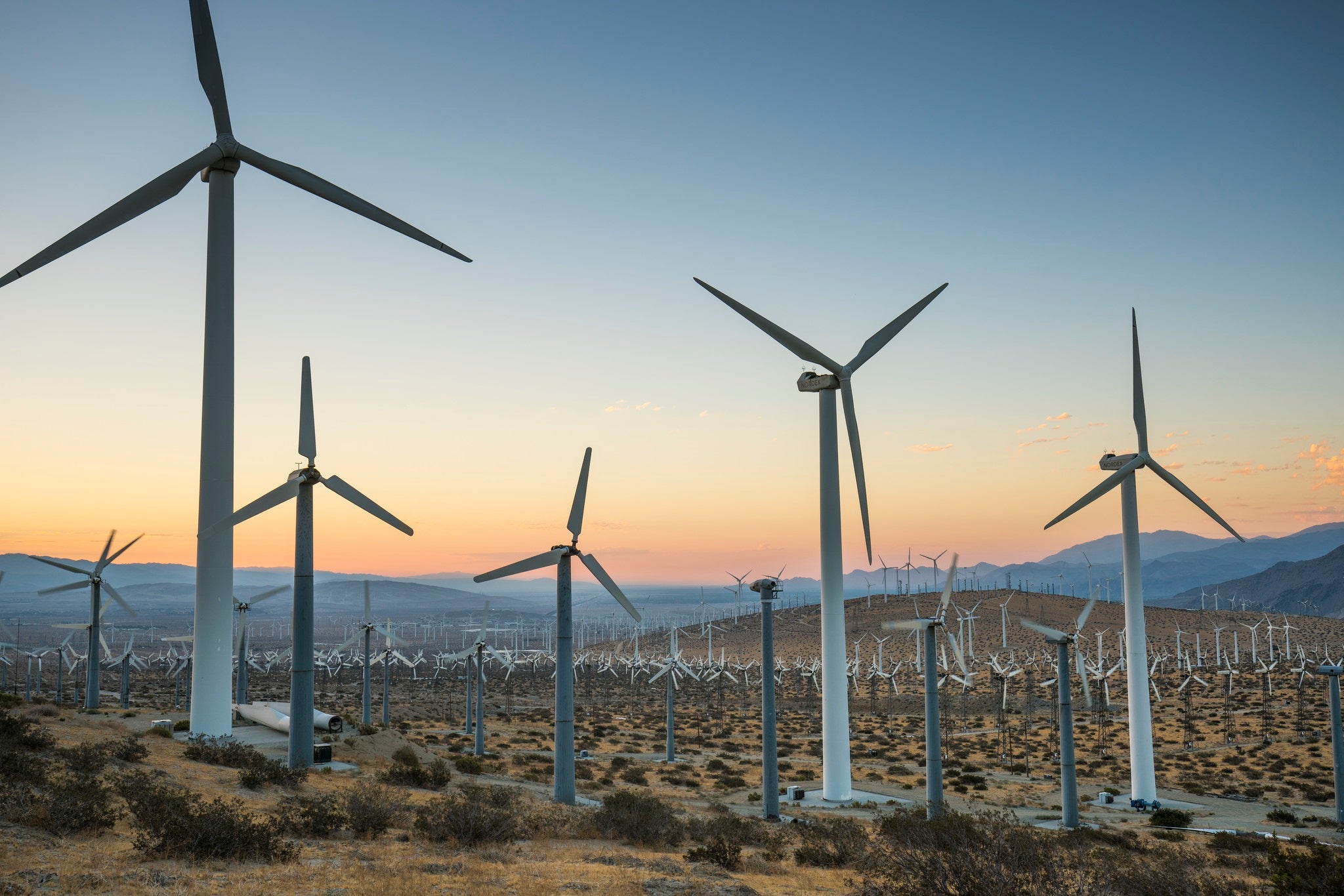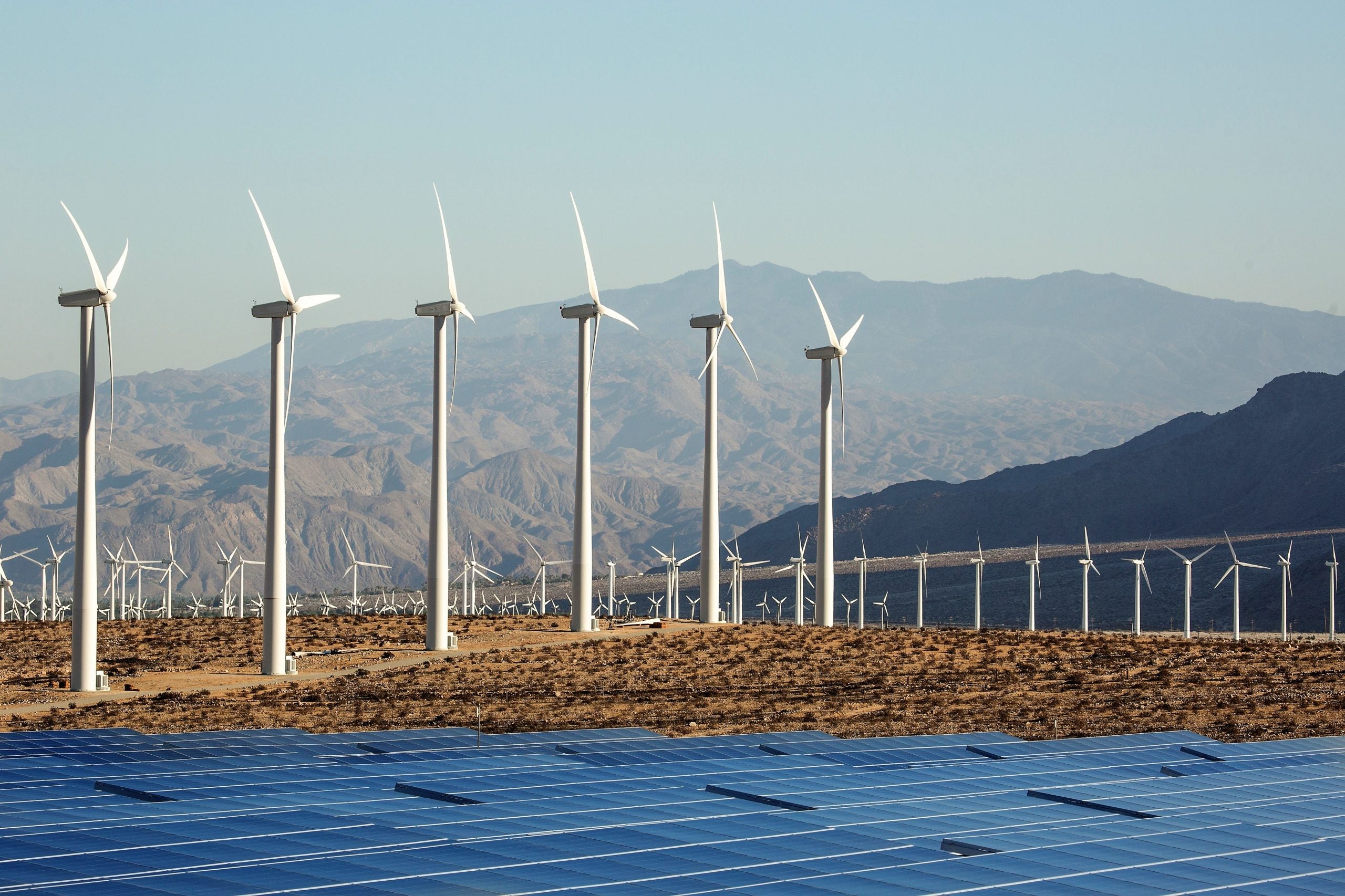Results of the May Western Climate Initiative auction were released today, and again they demonstrate strong demand for allowances and generate revenue that will deliver meaningful investments for California communities. Earlier this month, the California Air Resources Board (CARB) also outlined the role of its cap-and-trade program in its draft Scoping Plan, which intends to chart the path to California’s 2030 and 2045 climate targets. However, there is major room for improvement: CARB needs to do more to ensure the emissions cap is an effective backstop and can provide certainty of near-term emission reductions.
Climate 411
May brings another record auction for the Western Climate Initiative, as California considers how to ramp up climate action
The scoop on the Scoping Plan: California’s draft plan misses the opportunity for greater climate ambition (Part 1)
This post was co-authored by Katelyn Roedner Sutter, Senior Manager for U.S. Climate at EDF.
In May, the California Air Resources Board released the draft 2022 Climate Change Scoping Plan, a roadmap that will guide the state toward meeting its 2030 emissions target and achieving net-zero emissions no later than 2045. This four-part series will unpack several key aspects of the plan and evaluate whether they raise California’s climate ambition to the levels needed to protect communities from the worst climate impacts.
California has long been known as a global climate leader, but that title has to be constantly re-earned as the climate crisis accelerates and new leaders raise the bar. The state’s Scoping Plan, which is updated every five years, presents a major opportunity to re-evaluate its strategies to drive down climate pollution based on the latest science, policy and technological developments.
Western Climate Initiative kicks off 2022 with strong results – and high hopes for greater ambition
This was was co-authored with Caroline Jones, Analyst for U.S. Climate.
The results of the Western Climate Initiative’s February auction were released today, and all current vintage allowances sold at a record-high price – raising over $970 million for the Greenhouse Gas Reduction Fund.
These results arrive alongside major opportunities for California to bolster its climate leadership. The state’s Climate Change Scoping Plan update, which intends to chart a pathway to achieving California’s 2030 and 2045 greenhouse gas reduction goals, is well underway with preliminary modeling results expected this spring. And recently, a group of experts released a report highlighting ways California can strengthen its cap-and-trade program and make the most of its Scoping plan.
Western Climate Initiative ends the year on a high note with record prices
The latest results of the Western Climate Initiative’s quarterly auctions were announced today. All current and future vintage allowances sold, and for the second quarter in a row, settled at a record-high allowance price.
These results arrive as new data underscores the success of the program’s design and the strength of the market.
Western Climate Initiative auction hits a new record, raising over a billion in proceeds for California
The results of the Western Climate Initiative’s August auction were released today and all current and future vintage allowances sold at record-high allowance prices.
This news follows two other key climate updates from this summer: The release of the 2019 California Emissions Inventory which looks back at the state’s encouraging emissions progress, and the launch of the Climate Change Scoping Plan update process, which looks ahead at how the state will achieve its 2030 and 2045 targets. Taken together, all of these updates show that California has a golden opportunity to raise its climate ambition, as communities across the state grapple with intensifying, climate-fueled wildfires and drought.
California needs to raise its ambition to beat the climate crisis. This policy will be key.
This post was authored with Katie Schneer, High Meadows Fellow for subnational climate policy at EDF, and Mayu Takeuchi, intern for U.S. Climate at EDF.
This summer, as Californians face an onslaught of climate-fueled disasters like severe drought and explosive wildfires, the California Air Resources Board (CARB) is launching the development of a roadmap that will outline the next phase of the state’s climate fight.
The 2022 Climate Change Scoping Plan, which will guide the state towards achieving its 2030 greenhouse gas emissions reduction target and its 2045 net-zero emissions target, is a critical opportunity for California to double-down on its climate ambition. State leaders should harness this moment to calibrate California’s suite of climate policies to ensure that the state not only meets its climate goals, but maximizes cuts in emissions this decade.
California’s cap-and-trade program, which launched in 2013, is one of the key policies that should be fine-tuned to respond to the urgency of the climate crisis that Californians are seeing across the state. CARB should act swiftly to ensure that the most important aspect of this program — the emissions cap — is stringent enough to ensure that California meets its 2030 emissions goal of a 40% reduction below 1990 the emissions level and delivers the most reductions in pollution as quickly as possible.
Here’s why CARB should tighten the emissions cap:




